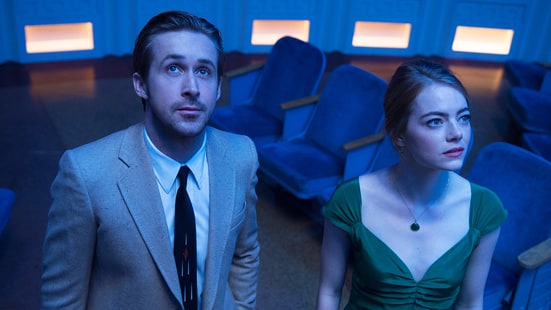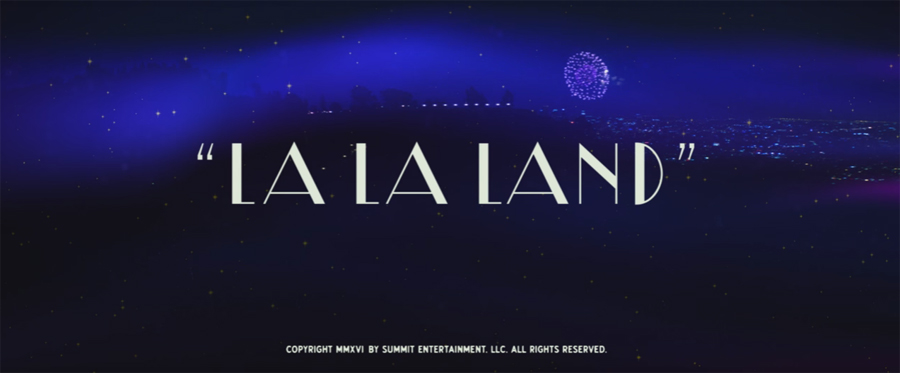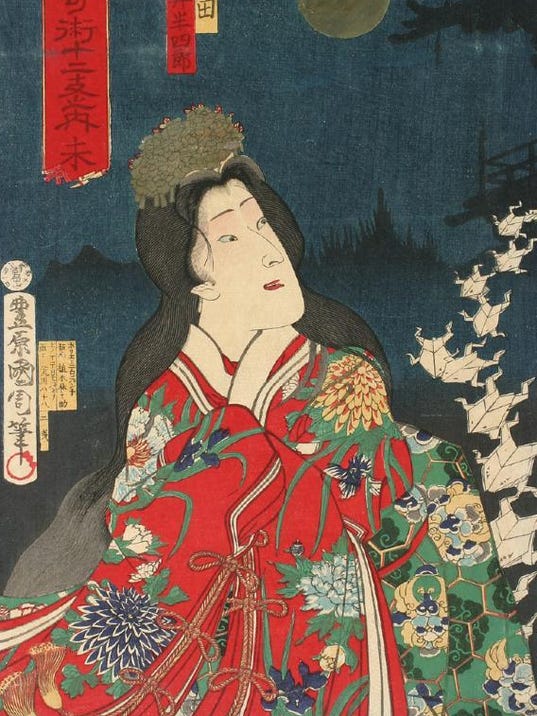The movie opens with a traffic jam on an L.A. highway which quickly turns into a song and dance performed by those stuck in the traffic, before settling quietly on our two main characters as they also wait in this traffic. This kind of grand outburst, followed by relative normality is the modus operandi for the film. Like most musicals, this singing is not commented upon, but otherwise, La La Land is not like most musicals.
Everything is vibrant. Every outfit is a color that pops. Every setting is swathed in bold hues. Nothing in this movie is ever dull. It can be harsh on the retinas–they don’t get a break for two hours–but otherwise this color madness works to La La Land‘s advantage. One of the great strengths of the film is how it manages to portray emotions not as some inner, personal machinations of the mind, but outside the body and into the world. In the first half of the film, what we see is how falling love feels. And though Ryan Gosling and Emma Stone’s acting is stupendous, the great, sweeping emotions of the film are portrayed in great, sweeping gestures. There is nothing subtle, nothing quiet about this work. It is like listening to a lovely scream for two hours straight.

But while wonderful to watch, this lack of moments where viewers can take a moment to breathe, to digest can leave us feeling overwhelmed. Worse, it can leave us feeling unattached to these characters. We are not a part of what is happening. This movie exists outside us, outside of our reality, in a world that plays by different rulebook. We are disconnected from it. This is Hollywood reality–this is where two people with big dreams can fall in love and continue to pursue, continue to work for their passions. The hopelessness of such pursuit never fully sets in, never becomes the main focus of the film. Though we might see Emma Stone crying about how she’s not sure she’s good enough to make it, we can only shake our heads and think Emma, you’ve already made it. It’s a movie about love and it’s a movie about dreams, but most of all, it’s a movie about Hollywood, and in true Hollywood fashion, this fact supersedes the rest. Ultimately, this film is a love letter to Hollywood…from Hollywood.
Your own reception of the film will probably depend on how much of a romantic you are. If you have fallen in love, truly fallen, or at least dream of such things, then you might find yourself swept along with the madness. If you haven’t, then well, be prepared to find yourself standing outside the hype.

The movie will continue to play at the Michigan Theater. Student tickets are $8.











